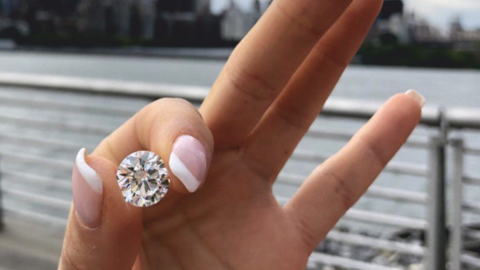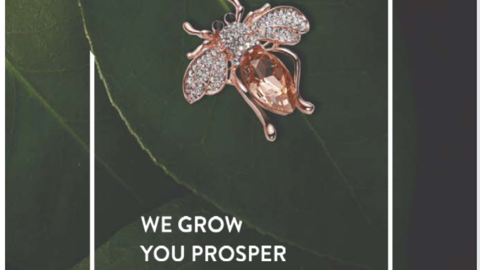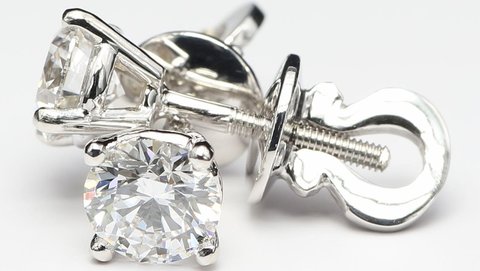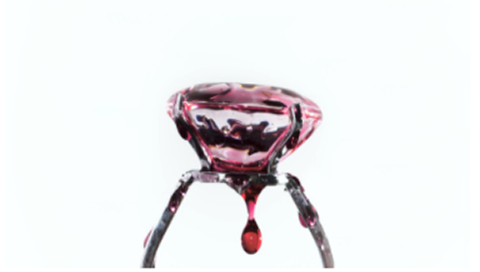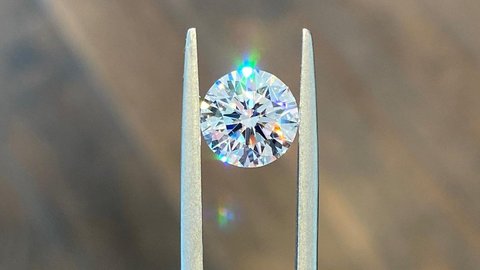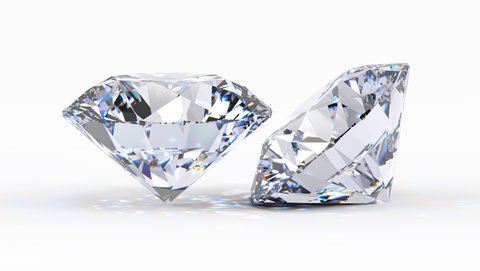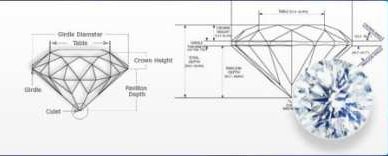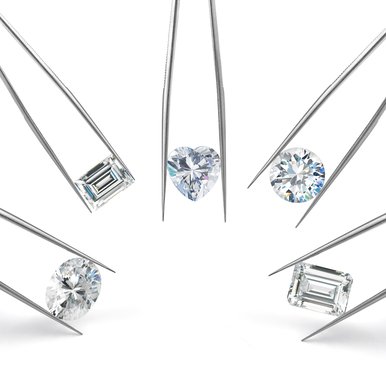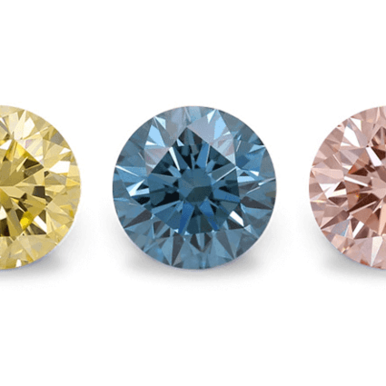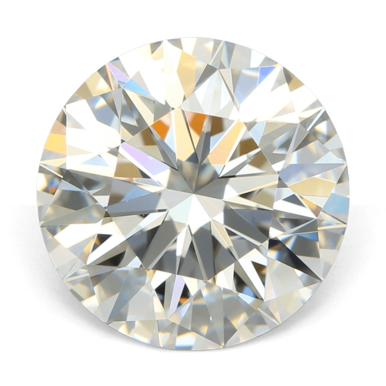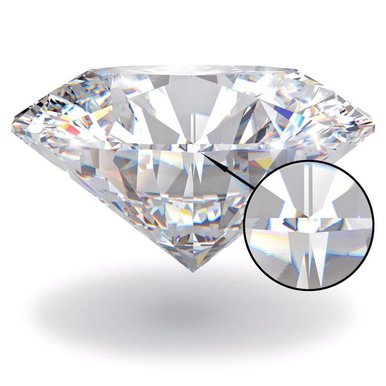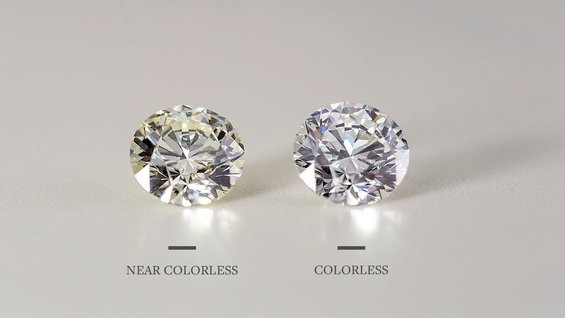
What Color means for 4C
Lab-grown diamonds color grading is the same as in mined diamonds – from D to Z, where D is colorless and Z stands for light yellow or brown tint. The easiest way to determine the color grade is to use a master set. The system of color grading used by GIA remained unchanged for more than 65 years already.
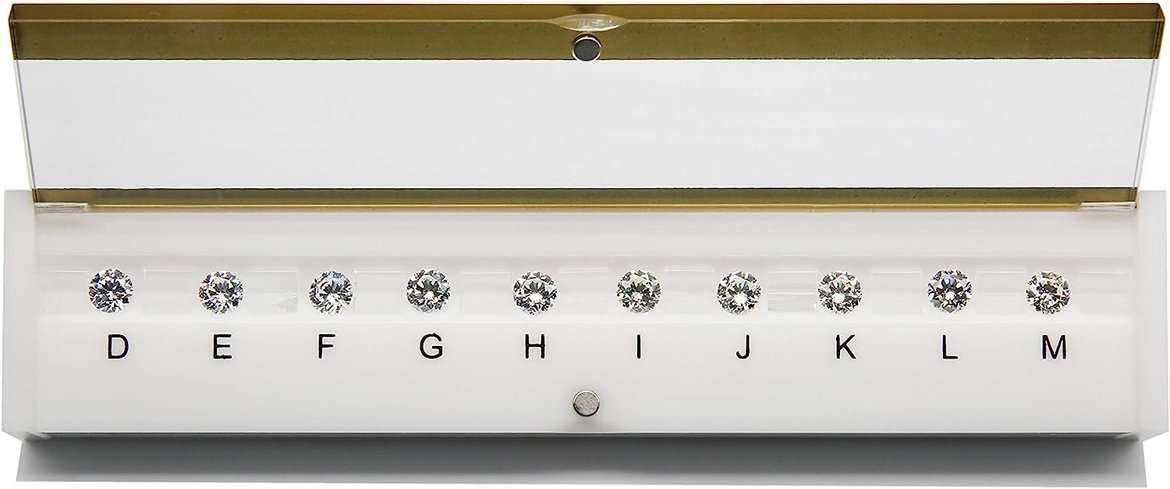
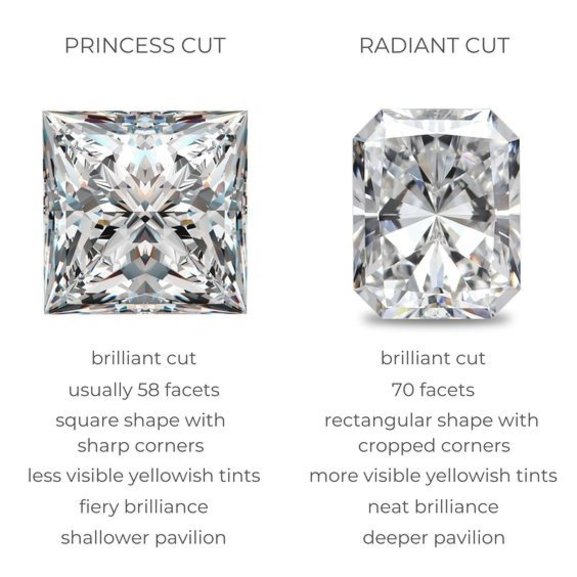
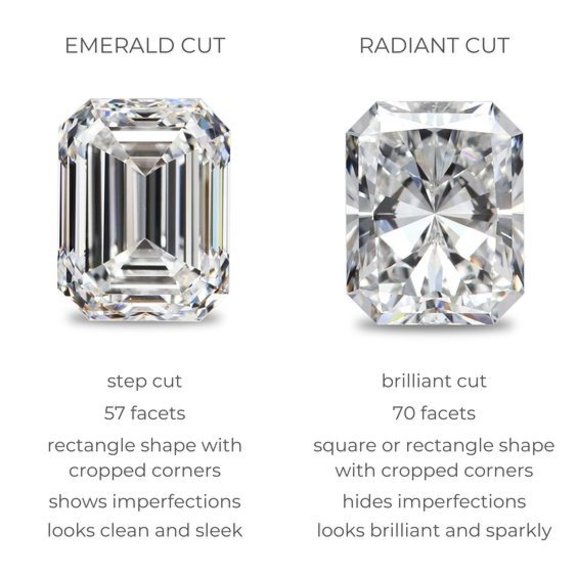
Depending on the cut of the diamond, the color difference between the grades will be more or less noticeable. For example, the difference in color will be easier distinguished in a radiant cut diamond, rather than a step-cut such as emerald. This happens due to the number of facets: the more facets – the better the color is locked “inside” the stone. Therefore, when choosing a diamond, it is more important to pay attention to color grade in shapes like radiant and cushion, and lower color grades can be tolerated in cuts like asscher and emerald.
Diamond Color Grades for Lab Grown Diamonds
| Color Grade | Category | Characteristics | Visibility of Color | Recommended Settings | Value Proposition |
|---|---|---|---|---|---|
| D | Colorless | Absolutely colorless with an icy white appearance. The highest and rarest color grade available. | No visible color whatsoever. The diamond will not show signs of any color, even when examined via magnification. | Platinum or white gold to maximize the colorless effect. | Perfect for the perfectionist seeking the highest quality. Premium pricing but still more affordable than mined D color diamonds. |
| E | Colorless | Essentially colorless with virtually no color. Almost identical to D color diamonds. | No visible color to the naked eye. Only expert gemologists can detect the difference between D and E grades. | Platinum or white gold recommended to enhance the colorless appearance. | Exceptional quality with slightly better value than D color while maintaining the colorless classification. |
| F | Colorless | The last grade in the colorless category. Contains a nearly undetectable amount of color visible only in face-down position. | Appears colorless when viewed face-up. Almost identical to D and E colors to non-experts. | Platinum or white gold to showcase the colorless quality. | Excellent value within the colorless range while still offering premium quality for lab grown diamond enthusiasts. |
| G | Near Colorless | Sits at the top of the near-colorless range. Represents an extremely popular choice that balances quality and value. | Appears colorless to the untrained eye. Any trace color is virtually impossible to detect when mounted. | Platinum or white gold settings work well to maintain a colorless appearance. | One of the most popular choices for lab diamonds, offering excellent value while appearing colorless in jewelry settings. |
| H | Near Colorless | Excellent value option in the near-colorless range. Shows minimal traces of color that are difficult to detect. | Appears colorless when mounted. Any slight color is almost imperceptible to the untrained eye. | White gold or platinum settings are recommended, though yellow gold can also work well. | Offers significant savings compared to colorless grades while maintaining an excellent appearance in lab grown diamonds. |
| I | Near Colorless | Contains very slight warm tints but still considered near-colorless. High value for money. | To the naked eye, appears relatively colorless when set in jewelry. | Works well with any metal color, though white metals are often preferred. | Provides substantial savings while maintaining a beautiful appearance, especially in lab grown diamonds under 1 carat. |
| J | Near Colorless | The final grade in the near-colorless category. May begin to show very slight yellow tint. | Slight warmth may be detectable but still appears relatively colorless in most settings. | Both white and yellow gold settings work well, with yellow gold complementing any slight warmth. | Excellent budget-friendly option that still appears white in most settings, particularly popular for lab grown diamond engagement rings. |
| K | Faint Yellow | First grade in the "faint yellow" category. Displays noticeable warmth that can be visually appealing. | Noticeable color tint that can be detected both from the side and in normal viewing. | Yellow gold settings are recommended to complement the diamond's natural warmth. | Budget-friendly lab grown option that offers excellent value and works beautifully in vintage-style settings. |
| L | Faint Yellow | Falls in the middle of the faint yellow range. Shows clear signs of yellow but not dominant enough to be obvious. | Has a slightly yellow tone that is visible upon examination, most noticeable when viewed from the side. | Yellow gold is strongly recommended to make the diamond appear whiter and complement its warmth. | Extremely budget-friendly lab grown option that allows maximizing on other characteristics like carat size or clarity. |
| M | Faint Yellow | Contains a more pronounced yellow or brown tint. The last grade in the faint yellow category covered here. | Has a more pronounced color tint compared to L, with noticeable warmth. | Yellow gold settings are essential to complement the diamond's natural color. | Most affordable option in this range for lab grown diamonds, ideal for those seeking larger stones while accepting some color. |
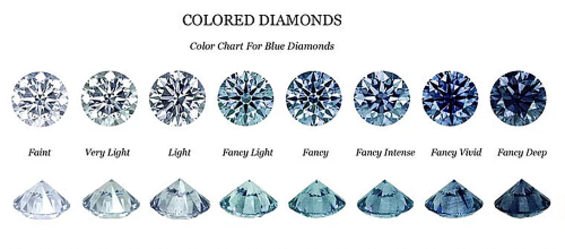
Lab-grown diamonds color grading is the same as in mined diamonds – from D to Z, where D is colorless and Z stands for light yellow or brown tint. The closer the color of the white diamond is to colorless, the higher will be the price.
From Fancy Light to Vivid colored diamonds, the most valuable colors are considered to be pink/red, blue, while brown and yellow are the most common. Green diamonds are usually very light in tone and get their color from radiation, while pink diamonds get their color from the dislocations of the atoms.
The clarity in case of fancy diamonds is less important, while the price is much higher than the same carat weight of a pristine, flawless white stone.
Depending on the cut and size, the color of the stone can be more or less intense. For instance, to keep as much saturation in a fancy color diamond as possible, it can be cut using the mixed technique.
Black diamonds, on the other hand, are only graded on one scale: fancy black. Moreover, as they are black due to the high amount of impurities, their clarity cannot be distinguished according to the GIA clarity scale, and therefore, another type of certificate is issued: Colored Diamond Identification. With this certification, it can be known if the diamond is black naturally or if it has been treated in the laboratory.
Read more about Diamond 101
FAQ About Lab Grown Diamond Color
No – lab grown diamonds retain their original color permanently. Unlike treated gemstones, their atomic structure remains stable under normal conditions
Lab diamonds bypass mining costs and geological rarity, making high-color grades like D-F more accessible. A lab D-color diamond can cost 40-60% less than its natural counterpart
Yes. Lab diamonds may exhibit stronger blue fluorescence due to growth methods like CVD, which can enhance perceived whiteness in grades G-J. Natural diamonds typically show weaker fluorescence
Brilliant cuts (e.g., round, princess) mask color better than step cuts (e.g., emerald). An I-color lab diamond in a radiant cut can appear as white as a G-color in an asscher cut
Surprisingly, no. Vivid pinks/blues require complex growth processes, making them 20-50% pricier than D-Z lab diamonds. Only light yellow/brown tones are budget-friendly
Slight discrepancies occur. IGI often grades 0.5-1 grade higher than GIA for near-colorless ranges (G-J), though both adhere to the D-Z scale
Yes. Natural diamonds often develop brown hues from nitrogen exposure during formation, while lab processes minimize this. K-M lab diamonds show purer yellow tones
Commercial labs avoid grading N-Z lab diamonds because their controlled growth rarely produces strong yellows/browns. These tones are typically engineered as intentional fancy colors
E-F offers optimal value – near-colorless to the eye but 30% cheaper than D grade
Yes. Identical optical properties mean equal brilliance when cut well. Lab diamonds often have fewer inclusions, enhancing sparkle
Partially. Yellow gold masks faint warmth in I-K grades but may reflect color into D-F stones. White prongs with yellow bands provide a balanced solution


